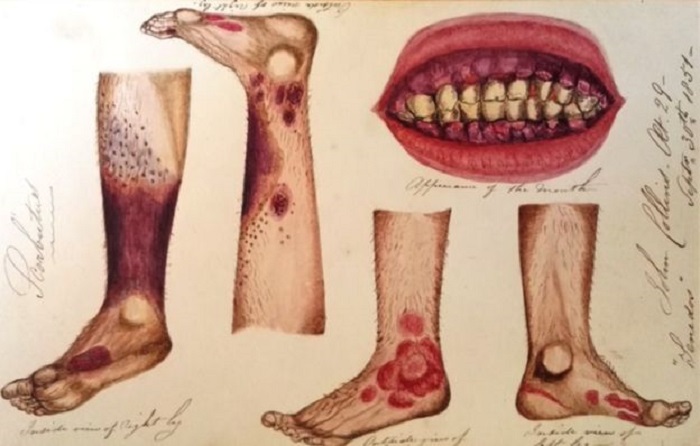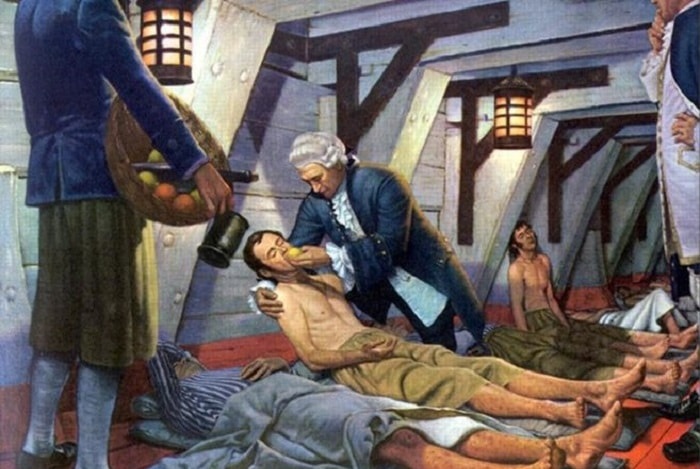Wet and chilly weather means that cold symptoms like sneezing, coughing, and a runny nose are back in full force. Many individuals take vitamin C in the hopes that it will prevent them from getting a runny nose in the first place. Due to that, it is now second nature for them to grab a vitamin C pill at the first hint of a runny nose. Vitamin C is thought to improve the body’s defenses against infectious diseases. But does the chemical, found in high concentrations in sea buckthorn, black currants, peppers, and citrus fruits, truly serve its intended purpose? Does vitamin C help prevent the common cold?
For two-time Nobel Prize winner Linus Pauling, the matter was clear. The scientific term for vitamin C is ascorbic acid, and he began proclaiming its healing properties as early as the 1970s. Linus Pauling suggested a daily dose of at least one gram to ward against the common cold, senescence, and cancer. Pauling, who himself consumed as much as 18 grams a day in his twilight years, lived to be 93.
There Is No Silver Bullet
Most scientists today disagree with Pauling’s claim that vitamin C is a miracle cure. For instance, a meta-analysis of studies involving over 11,000 people found that taking 200 milligrams of vitamin C daily does not reduce the duration of a cold and does not even prevent one from occurring. This amount is twice as much as what many health organizations say you need every day, which is about 90-100 milligrams.
According to Harri Hemilä of the University of Helsinki, who has studied vitamin C for over 30 years, it just doesn’t make sense to take vitamin C 365 days a year solely to lower the chance of a cold. If you’re already deficient in vitamin C or you’re constantly putting your body through tremendous physical stress, like arctic explorers, marathon runners, or other extreme sports, then a high dosage of vitamin C will help you. In these people, vitamin C intake reduces the previously increased susceptibility to colds by half.
It’s unclear whether a single, very high dosage of vitamin C given at the first sign of a cold would be enough to halt the illness. According to Linda Vorvick, a physician at the University of Washington, vitamin C may help shorten a cold, but it does not seem to protect against infection or prevent the beginning of the illness.
Beneficial to the Immune System
The research concludes that vitamin C is not a miracle drug but also has some useful applications. It’s essential for maintaining a healthy immune system. Vitamin C also helps transform dangerous free radicals into less dangerous byproducts.
Until recently, it was widely believed that you could take an excessive amount of vitamin C with no ill effects. Because the body excretes with the urine what it cannot utilize from this water-soluble chemical. Thus, it was reasoned that overdosing on vitamin C would be impossible.
However, research from a few years ago has shown that this is not true, at least for some groups of individuals like diabetics. Findings from this research suggest that vitamin C may actually raise the risk of cardiovascular disease in these individuals. David Jacobs, the study‘s principal author and a professor of nutrition at the University of Minnesota in Minneapolis, warned that diabetics need to be especially cautious when using dietary supplements like vitamin C.
As An Alternative to Synthetic Vitamin Supplements, Try Eating Fruit
Regardless, several authorities advise against mindlessly ingesting vitamin supplements, including vitamin C. While the health advantages of eating vitamin-rich vegetables and fruit are undeniable, the benefits and hazards of isolated active components are still up for debate.
It is not established that chemicals in tablets, capsules, or concentrates may be absorbed by the body in this artificial form. Regardless, it is smarter and healthier to consume fruits and vegetables on a daily basis.





